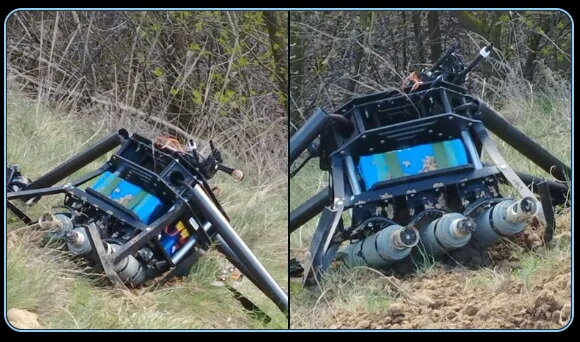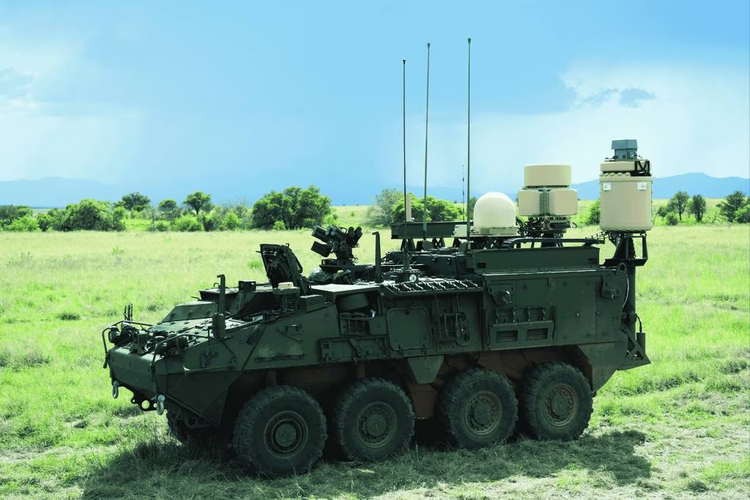Kat Tsun
eeeeeeeeeeeeeee
- Joined
- 16 June 2013
- Messages
- 1,366
- Reaction score
- 1,774
I'll have to look it up or ask again, but I'm pretty sure a couple state NG's sent some PIVADS, though they may have just been RISE M113s I suppose. It was a conversation last year with an Army technician who was working the vics up to deployment.
Even if it is a mistaken vic, there are better things like the M230LF and whatever Britain sent, I think it was Bushmaster IIIs? C-UAS really really wants PABM and and MFRs, not sabot ammo or ranging radars, I guess was mostly my point.
Even if it is a mistaken vic, there are better things like the M230LF and whatever Britain sent, I think it was Bushmaster IIIs? C-UAS really really wants PABM and and MFRs, not sabot ammo or ranging radars, I guess was mostly my point.
Last edited:














